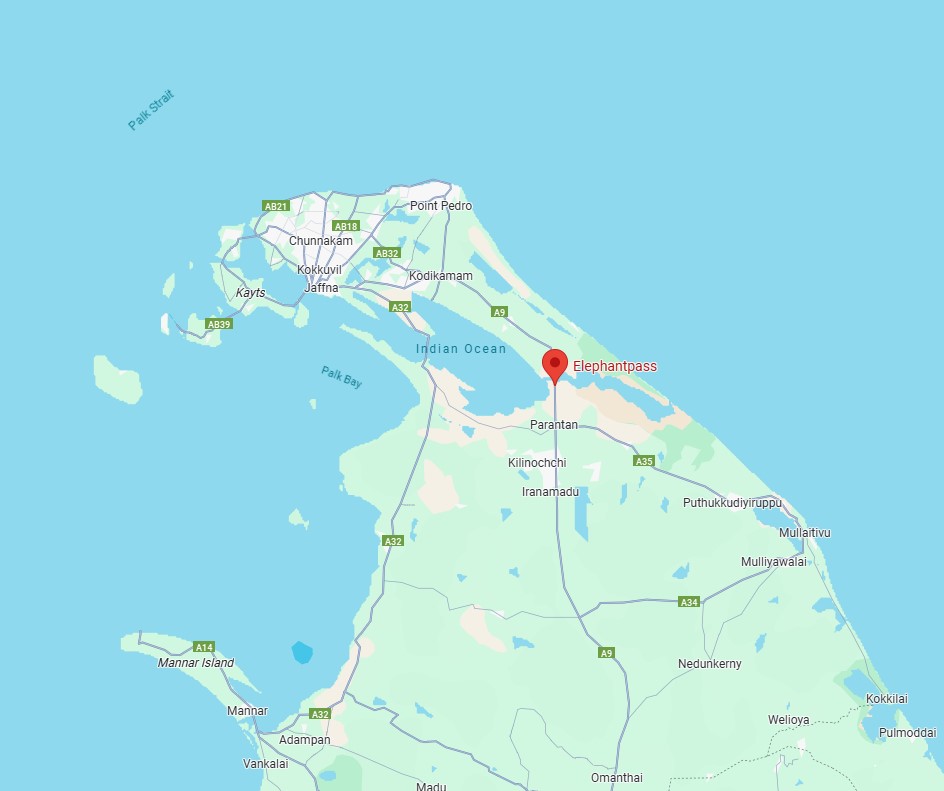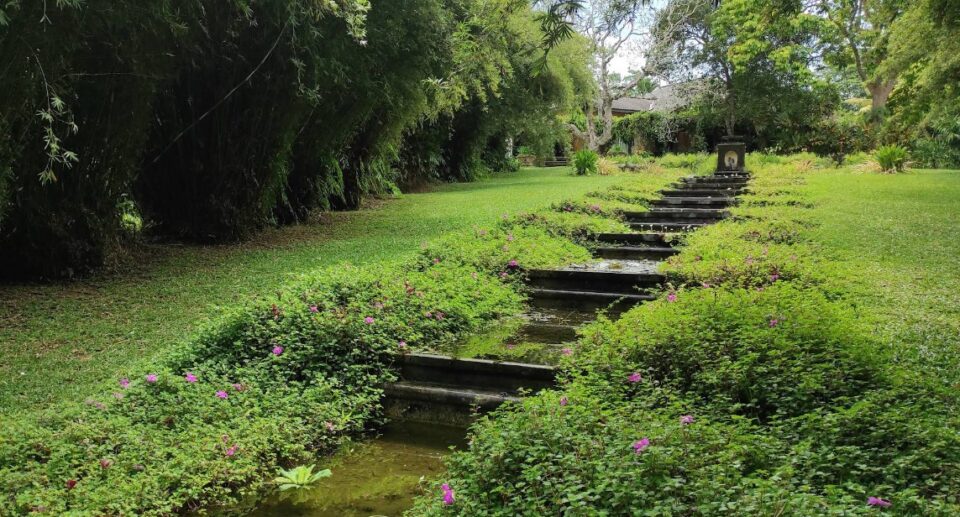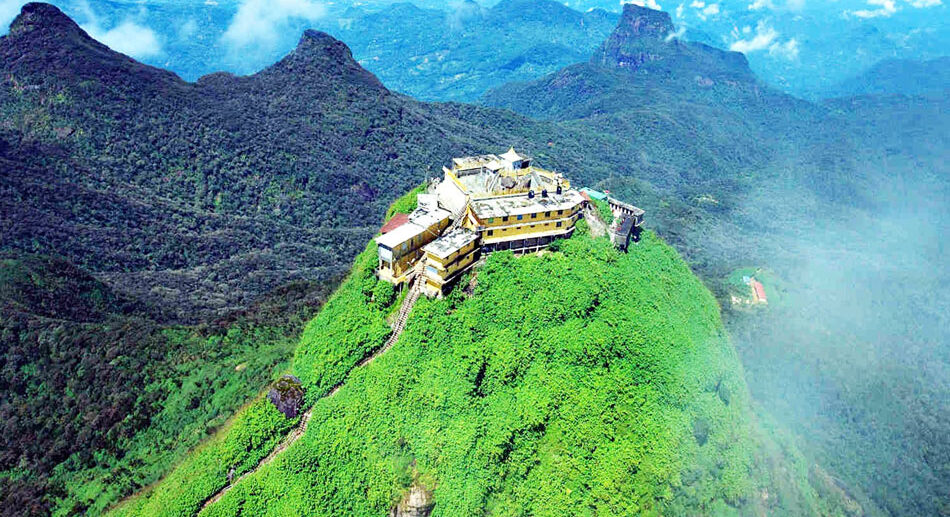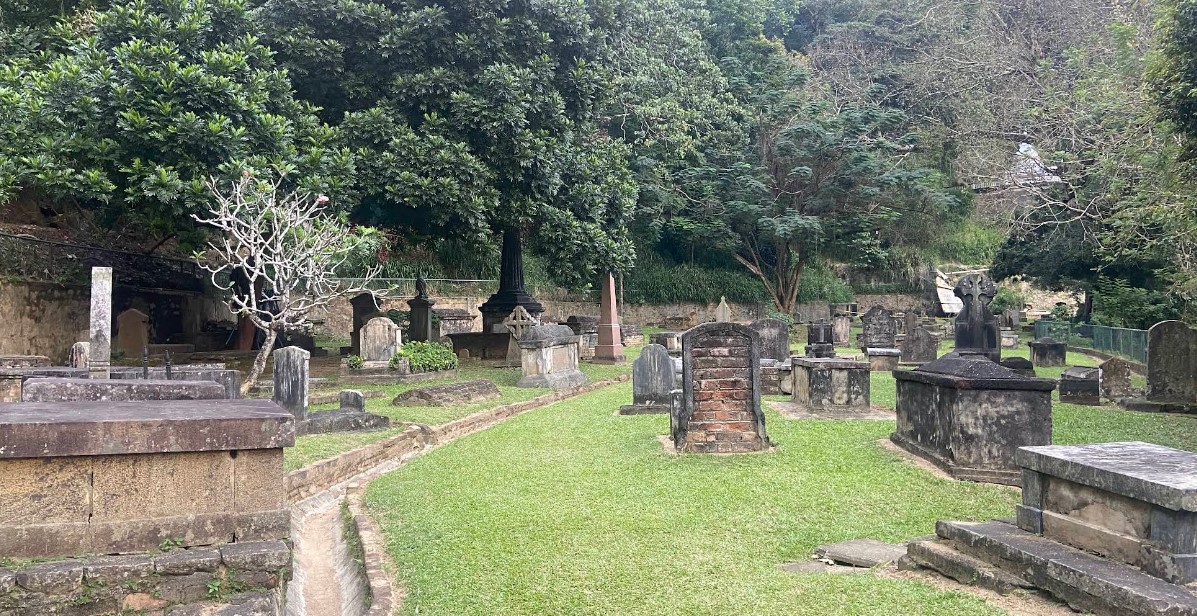Elephant Pass: A Gateway of War History and Strategic Importance
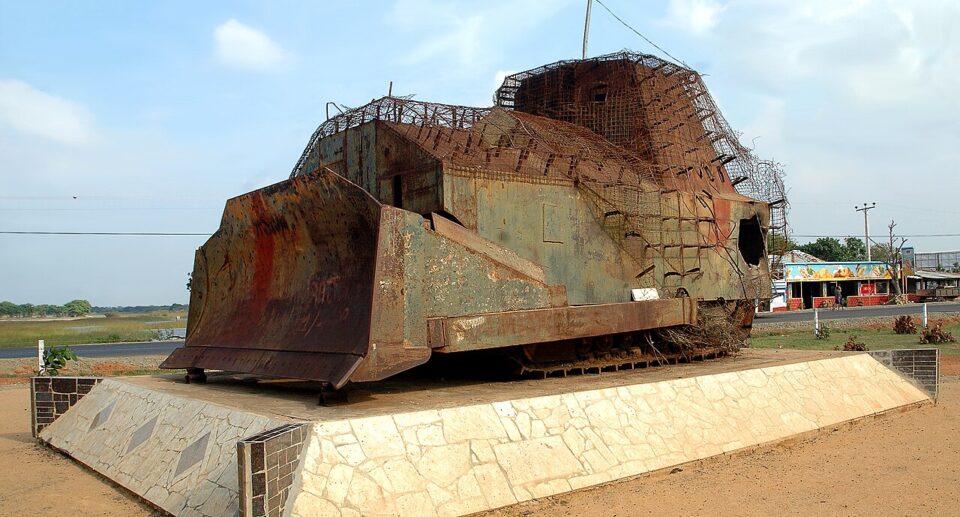
Elephant Pass, located at the narrow isthmus connecting the Jaffna Peninsula to the Sri Lankan mainland, is a site of profound historical, strategic, and cultural significance. Aptly referred to as the “Gateway to Jaffna,” the site has been at the center of military battles, colonial history, and post-war reconciliation.
Historical and Strategic Significance
The origin of the name “Elephant Pass” is thought to date back to Dutch colonial rule in the 17th century. It is recorded in history that elephants, which were found in large numbers in the Wanni area, were trapped and driven through this narrow strip to Jaffna for export. The place where these herds crossed the Jaffna Lagoon came to be known as Elephant Pass.
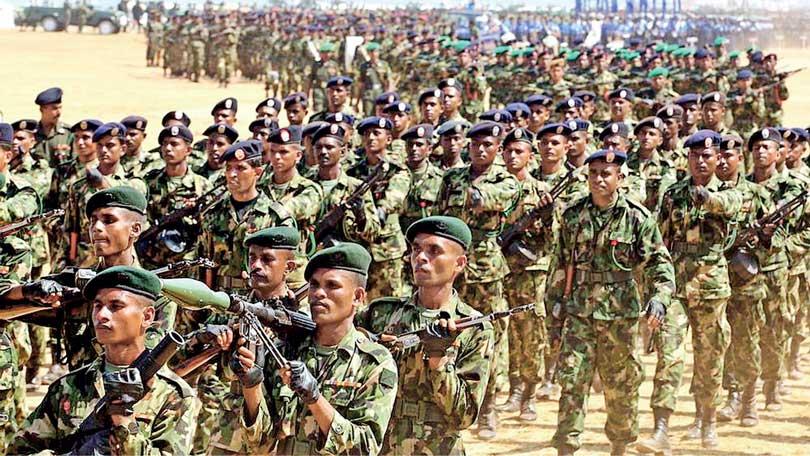
Strategically, Elephant Pass has been important due to its location on the A9 highway, which is the primary land route connecting the northern and southern parts of Sri Lanka. This has rendered it a valuable military resource throughout Sri Lankan history.
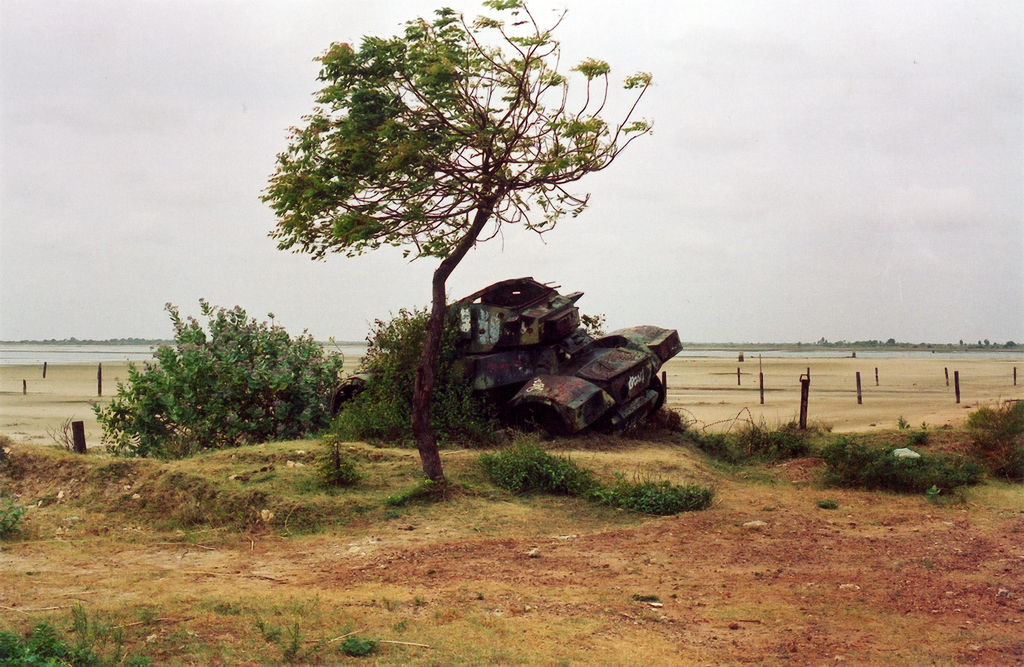
Role in the Sri Lankan Civil War
Elephant Pass gained notoriety during the Sri Lankan Civil War as a location of intense military combat. The First Battle of Elephant Pass occurred in July 1991 when the Liberation Tigers of Tamil Eelam (LTTE) tried to overrun the Sri Lankan Army base. The Sri Lankan forces retained the position under heavy attacks, with some instances of bravery, such as that of Lance Corporal Gamini Kularatne, who sacrificed his life while destroying an LTTE bulldozer that was attempting to make an advance.
The Second Battle in April 2000 was a turning point when the LTTE besieged and overwhelmed the base, and it fell to them. All this was part of the LTTE’s overall strategy to capture strategic military installations and destabilize government forces.
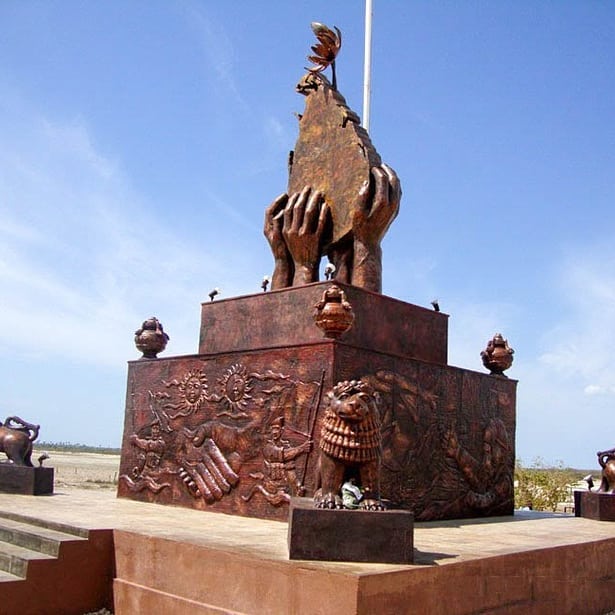
The Third Battle in 2009 saw the Sri Lankan Army recapturing Elephant Pass during the final stages of the civil war. The victory was symbolic of the government’s efforts to reclaim territory held by the LTTE.
Post-War Developments and Memorialization
Elephant Pass has been a site of reflection and remembrance since the civil war. A prominent monument in memory of Lance Corporal Gamini Kularatne was established near the site of his bravery. The monument is built with the remains of the bulldozer he destroyed, in memory of his bravery and sacrifice.
In addition, in December 2010, the Elephant Pass War Memorial was unveiled to commemorate the reunification of the A9 highway, which had been under the control of LTTE since 2000. The 42-foot-high monument is a tribute to national unity, and it depicts four outstretched arms representing Sri Lanka’s major communities, holding aloft one national flag.
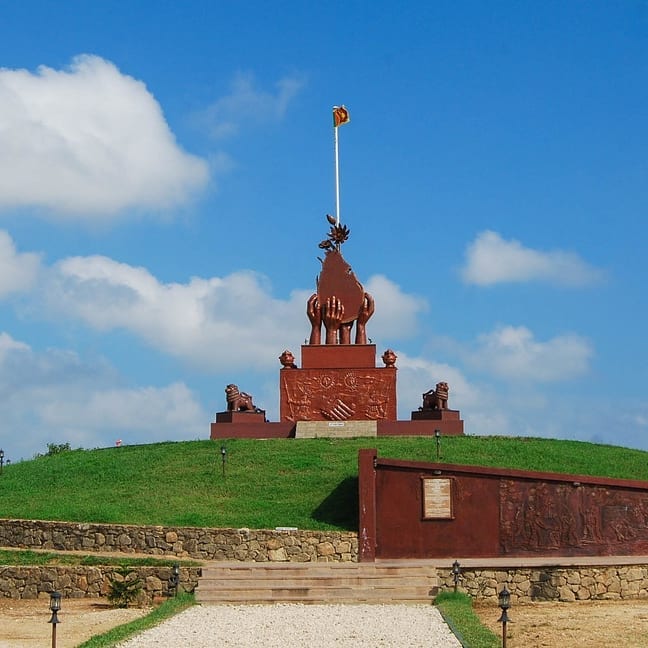
Key Battles of Elephant Pass
First Battle (1991):
LTTE launched a massive attack on the Sri Lankan Army camp, gallantly defended. Lance Corporal Gamini Kularatne reportedly gave his life by stopping a suicide bulldozer trying to breach the camp. His display of gallantry is commemorated at the place.
Second Battle (2000):
The LTTE took Elephant Pass successfully, a huge loss for the military. The battle was strategic, cutting off government access to Jaffna by land.
Third Battle (2009):
The Sri Lankan army recaptured Elephant Pass in the final stages of the civil war, opening up land access to Jaffna and the tide of the war turning.
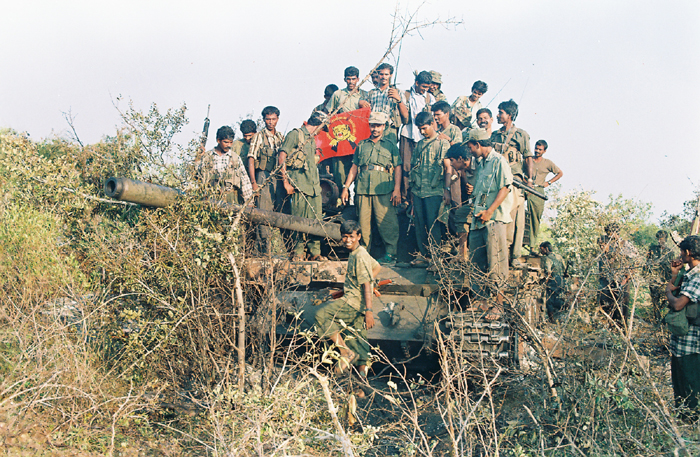
Cultural and Ecological Aspects
Apart from its military and historical significance, Elephant Pass is also noted for its ecological and cultural attributes. The location is the place of the Chundikkulam Lagoon, a brackish water lagoon that was once linked to the Jaffna Lagoon. The lagoon is bordered by scrub jungle and palmyra palm groves and is inhabited by a multitude of water birds and aquatic creatures. It was declared a bird sanctuary in 1938 and remains a vital location for biodiversity conservation.
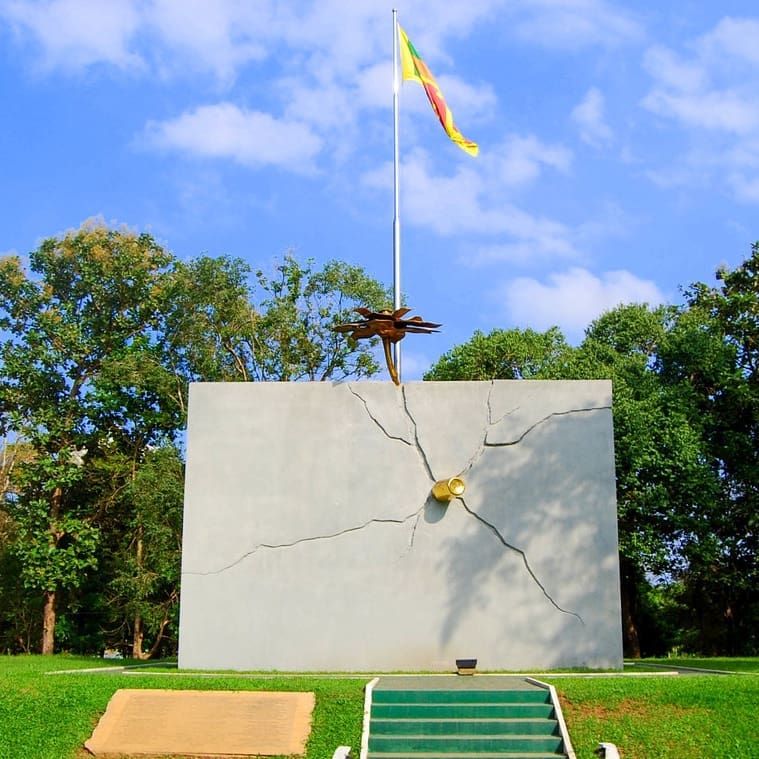
Memorials and Monuments
Gamini Kularatne Memorial:
Located near the location of his action, this monument has the wreck of the armored bulldozer he brought to a halt.
Elephant Pass War Memorial (2010):
A 42-foot-tall statue symbolizing national unity. It consists of four arms symbolizing the primary ethnic groups of Sri Lanka holding up the national flag.

Culturally, Elephant Pass continues to be a symbol of strength and unity. Its importance in the history of Sri Lanka is recalled in the form of various monuments and memorials, reminders of the sacrifices that had been made and of the importance of peace and reconciliation.
Elephant Pass is a mirror of Sri Lanka’s troubled history, reflecting both the strife as well as the journey towards peace and reconciliation. Its significance extends beyond geographical location, representing a milestone in Sri Lanka’s journey from war to peace. As Sri Lanka reconstructs and continues its healing process, Elephant Pass represents a stark reminder of the past and a source of hope for the decades to come.
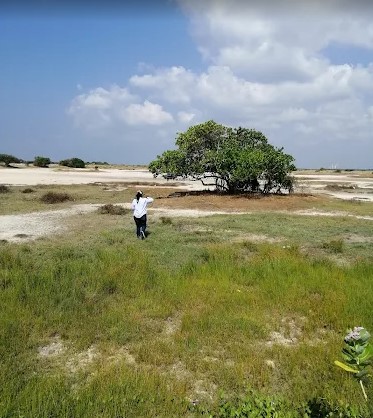
How to Go Elephant Pass
By Car (Private or Rental)
Driving from Colombo to Elephant Pass is the most direct route. The journey takes approximately 6.5 to 7.5 hours, covering a distance of around 340 kilometers. You’ll follow the A9 highway, passing through towns like Vavuniya, Omanthai, and Kilinochchi, before reaching Elephant Pass. This route offers flexibility to stop at various points of interest along the way.
Modern Relevance
Post-war, Elephant Pass stands as both a symbolic and literal bridge between the north and south. The reconstruction of infrastructure, reopening of the A9 highway, and increased tourism have made the region accessible and significant in national reconciliation efforts.
Tips for Visitors
- Respect Memorial Sites: Be mindful at military memorials and areas still under military oversight.
- Bring Water and Sun Protection: The area can be hot and exposed, especially during the dry season.
- Observe Wildlife Quietly: If visiting nearby lagoons, keep noise and disturbance to a minimum to protect the ecosystem.
By Train
For a scenic and comfortable journey, consider taking the train from Colombo to Jaffna. The train ride offers picturesque views of Sri Lanka’s countryside and coastline. Once in Jaffna, you can hire a taxi or use local transport to reach Elephant Pass, which is approximately 51 kilometers away. The train ride typically takes around 6.5 to 7.5 hours
By Bus
Buses from Colombo to Jaffna are available daily and provide an affordable travel option. The journey takes about 8 to 9 hours. Upon arrival in Jaffna, you can take a taxi or use local transport to reach Elephant Pass. This option is suitable for budget-conscious travelers.
By Air
For a quicker journey, you can fly from Colombo to Jaffna. The flight duration is approximately 1 hour. After landing at Jaffna International Airport, you can hire a taxi or use local transport to reach Elephant Pass. This is the fastest option but may be more expensive.
Visiting Elephant Pass
Elephant Pass is a historically significant site, known for its role during the Sri Lankan Civil War. The Elephant Pass War Memorial, located here, honors the sacrifices made during the conflict. Visitors are encouraged to approach the site with respect and may find soldiers nearby who can provide information about its history. Please refrain from taking photos in a manner that could be considered disrespectful.
Map of Elephant Pass
